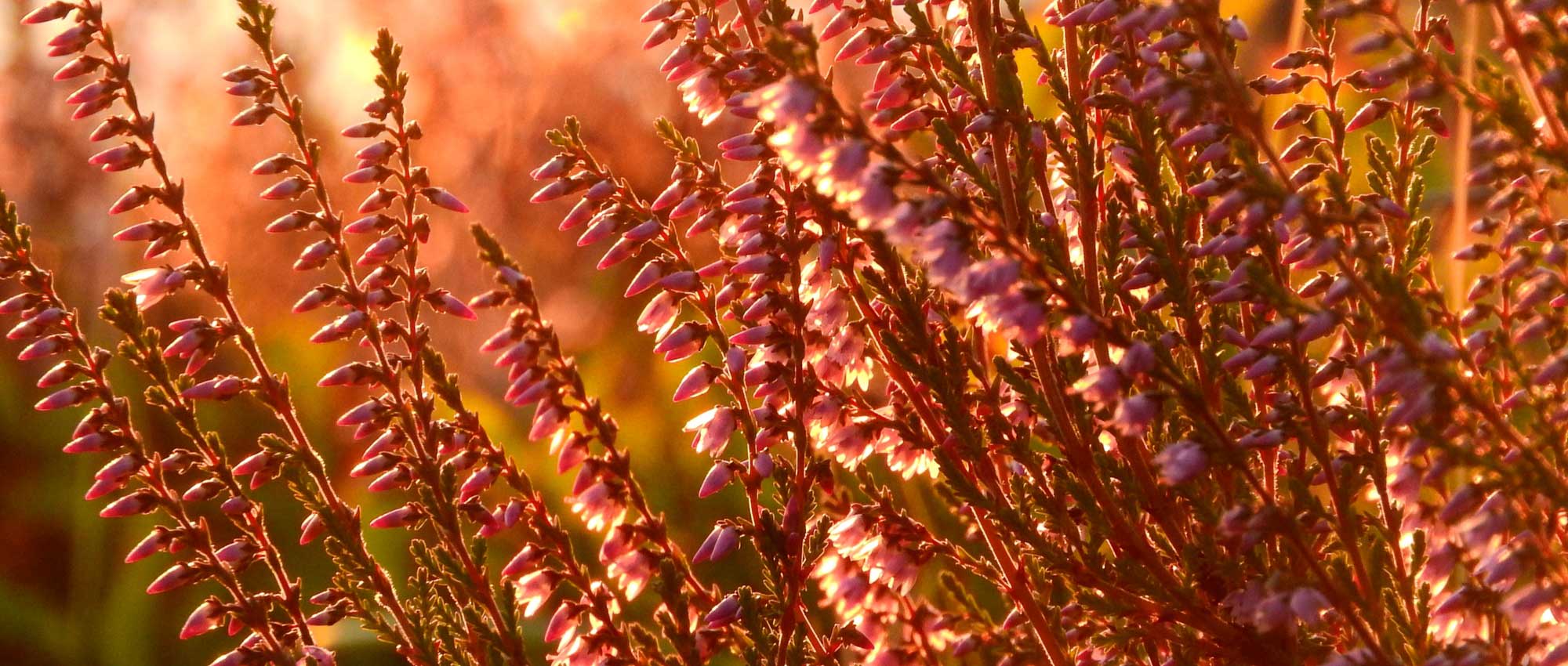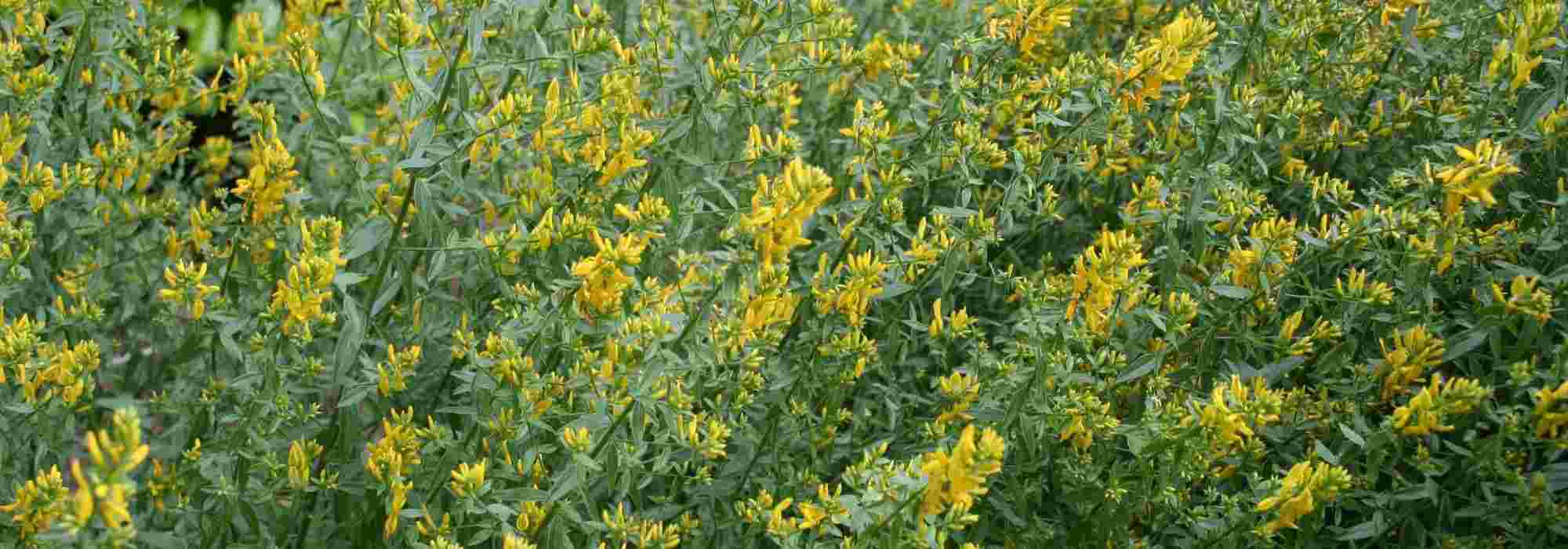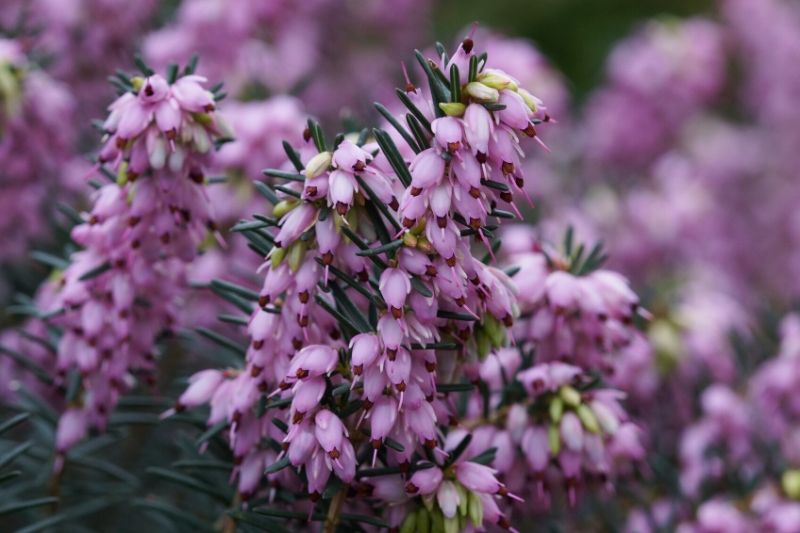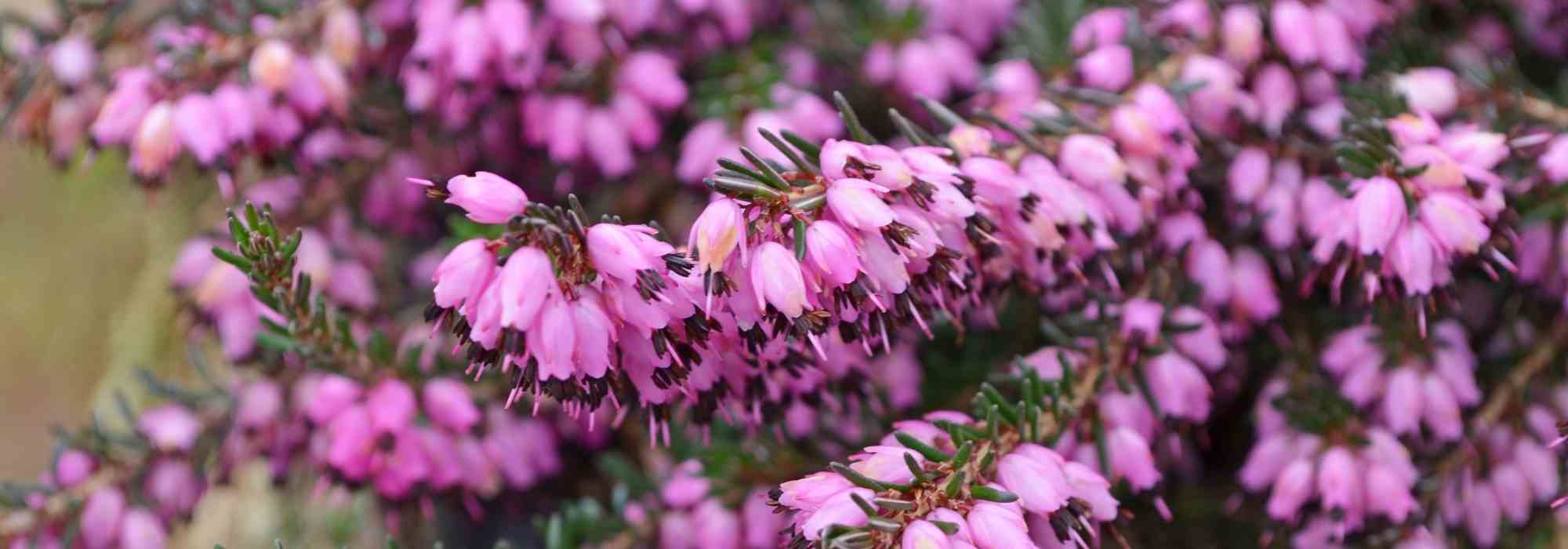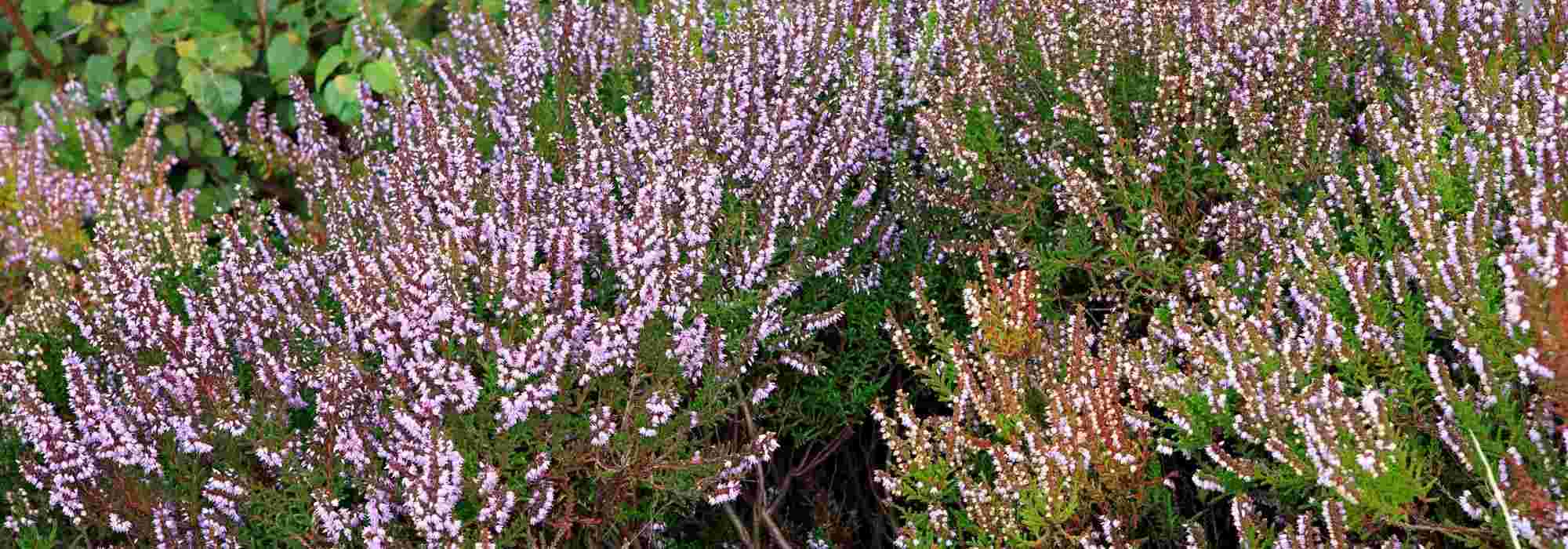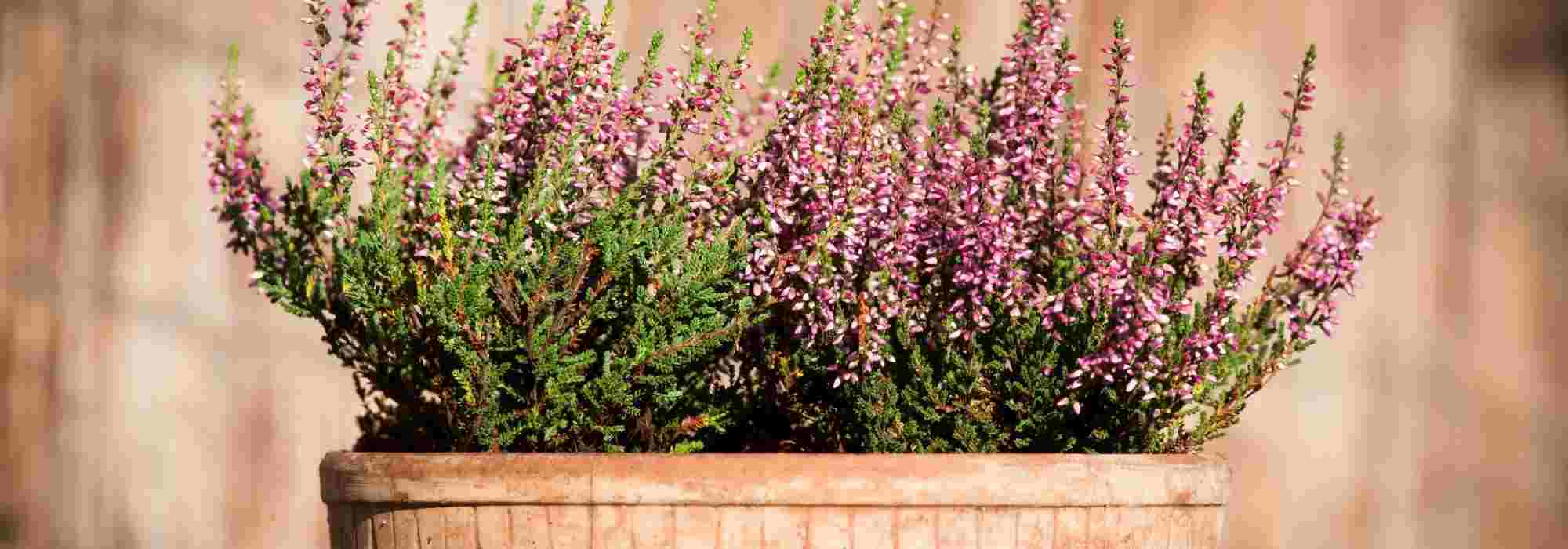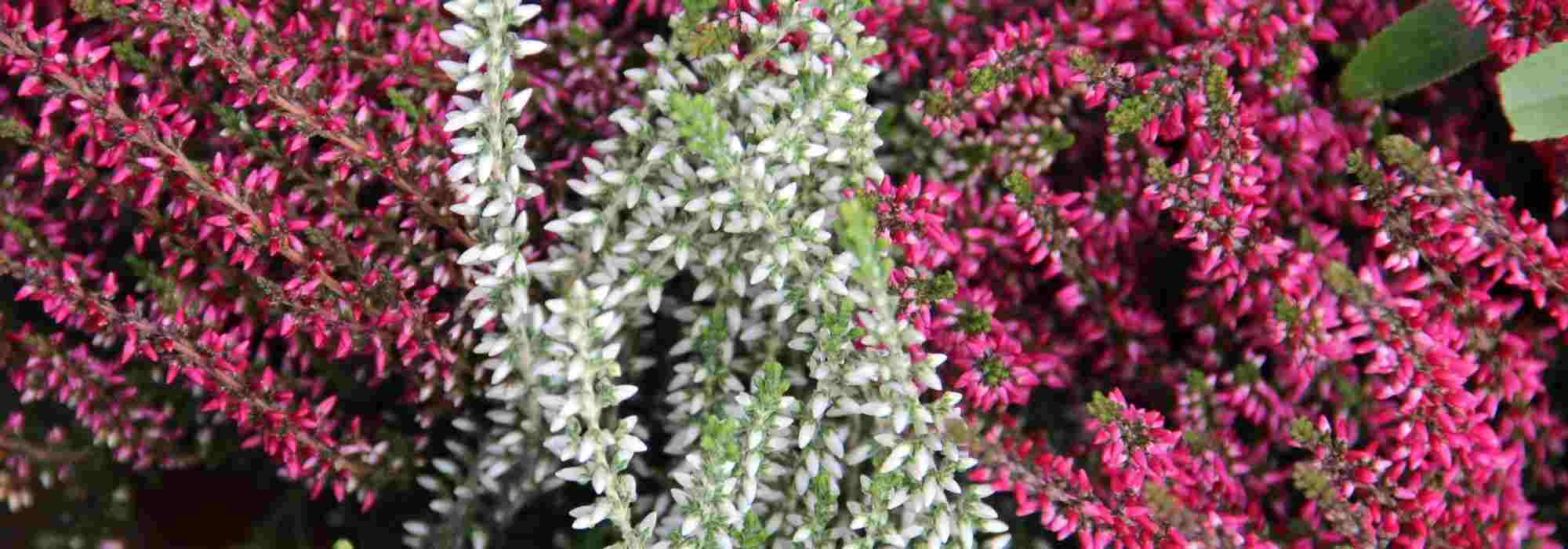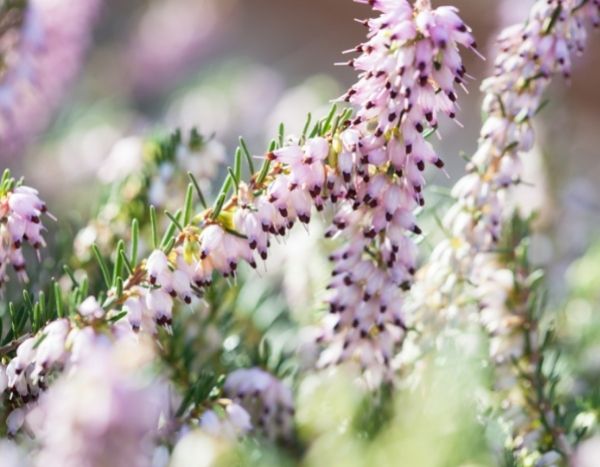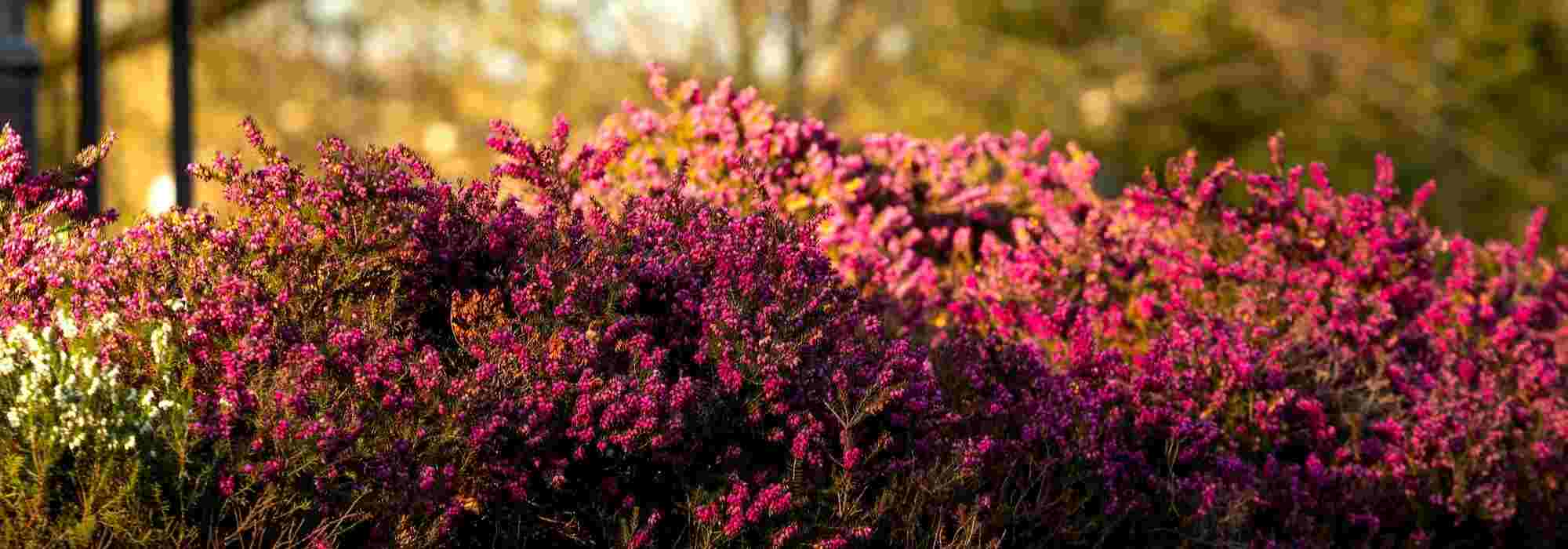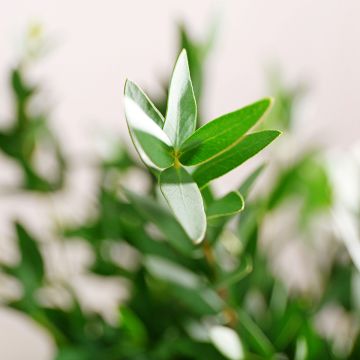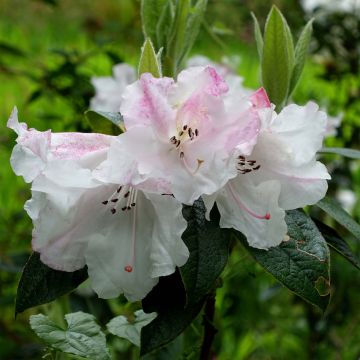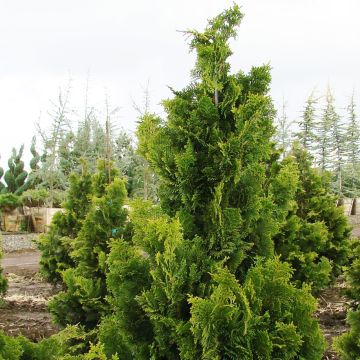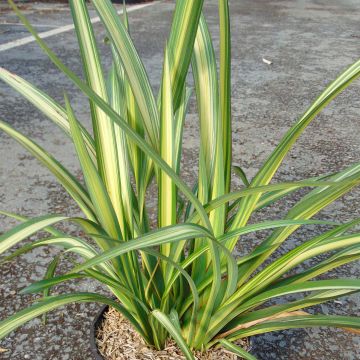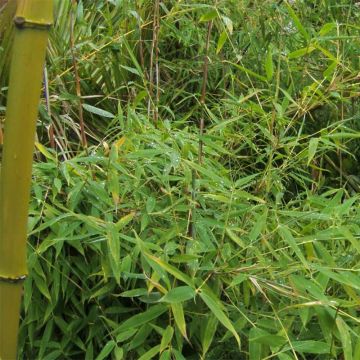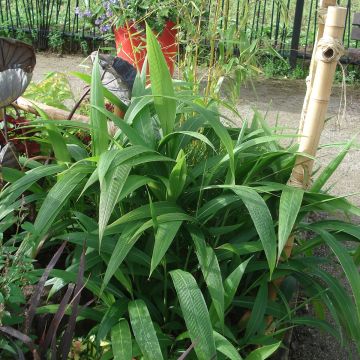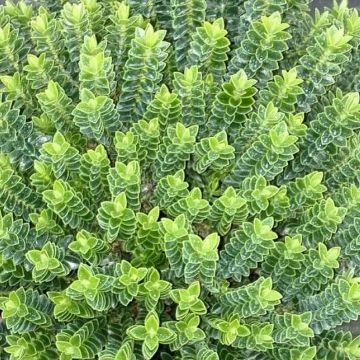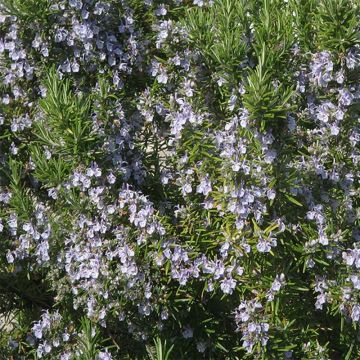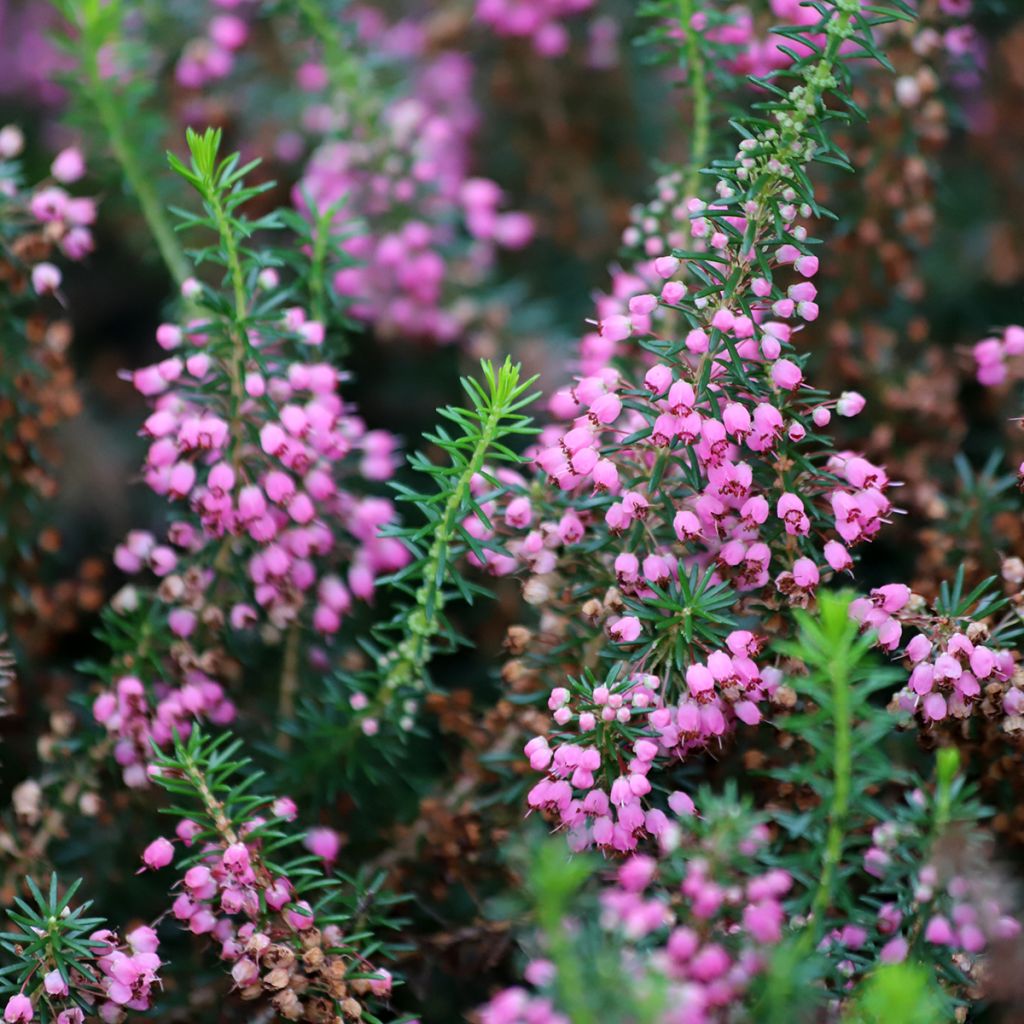

Erica vagans Mrs D.F. Maxwell - Cornish Heath
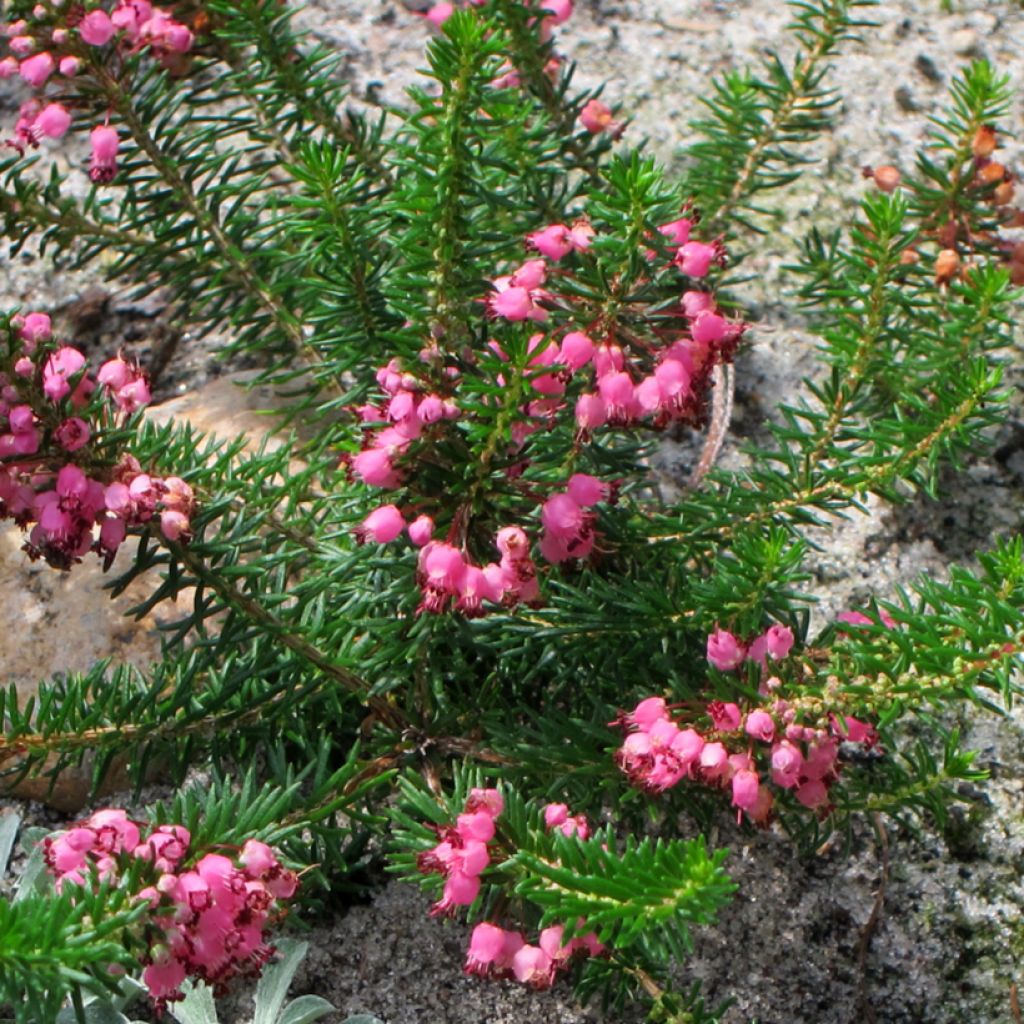

Erica vagans Mrs D.F. Maxwell - Cornish Heath
Erica vagans Mrs D.F. Maxwell - Cornish Heath
Erica vagans Mrs D.F. Maxwell
Cornish Heath, Wandering heath
Special offer!
Receive a €20 voucher for any order over €90 (excluding delivery costs, credit notes, and plastic-free options)!
1- Add your favorite plants to your cart.
2- Once you have reached €90, confirm your order (you can even choose the delivery date!).
3- As soon as your order is shipped, you will receive an email containing your voucher code, valid for 3 months (90 days).
Your voucher is unique and can only be used once, for any order with a minimum value of €20, excluding delivery costs.
Can be combined with other current offers, non-divisible and non-refundable.
Home or relay delivery (depending on size and destination)
Schedule delivery date,
and select date in basket
This plant carries a 24 months recovery warranty
More information
We guarantee the quality of our plants for a full growing cycle, and will replace at our expense any plant that fails to recover under normal climatic and planting conditions.
Does this plant fit my garden?
Set up your Plantfit profile →
Description
Erica vagans 'Mrs D.F Maxwell' is a low and compact heather ideal as a ground cover in a rockery or border. It can also find a place in a pot on a terrace. Its evergreen, dark green and glossy foliage, provides a perfect backdrop for its generous long summer flowering in red. It is an easy plant to grow that tolerates sun and heat well. It prefers neutral to acidic soils but can tolerate slightly chalky soils.
Erica vagans is a heather that blooms in summer and grows wild in Ireland, Great Britain, western France, and Spain. The 'Mrs D. F. Maxwell' variety is one of the most beautiful with its almost red flowers. It forms a low bushy mat not exceeding 40 cm (16in) high and 40 to 50 cm (16 to 20in) wide. Its leaves are small needles arranged in clusters on the branches. The 'Mrs D. F. Maxwell' heather remains leafy all year round. Its dense, dark green and glossy foliage is covered by numerous small bell-shaped flowers from July to October gathered in clusters at the ends of the branches. They are a purplish pink or even cherry red. They are nectar-rich and delight bees.
Heathers are particularly decorative when planted in groups. If you choose varieties with staggered flowering, they will provide year-round interest. For example, plant your 'Mrs D. F. Maxwell' Cornish heather with Erica darleyensis 'Darley Dale', which blooms from November to March, Erica carnea 'Rosalie', also known as winter heather (from January to May), and Daboecia cantabrica 'Waley's Red', also called Irish heath (from June to September).
It will complement dwarf conifers such as Picea pungens 'Kuba' with its bluish foliage or the Juniperus communis 'Green Carpet'in a rockery.
Erica vagans Mrs D.F. Maxwell - Cornish Heath in pictures
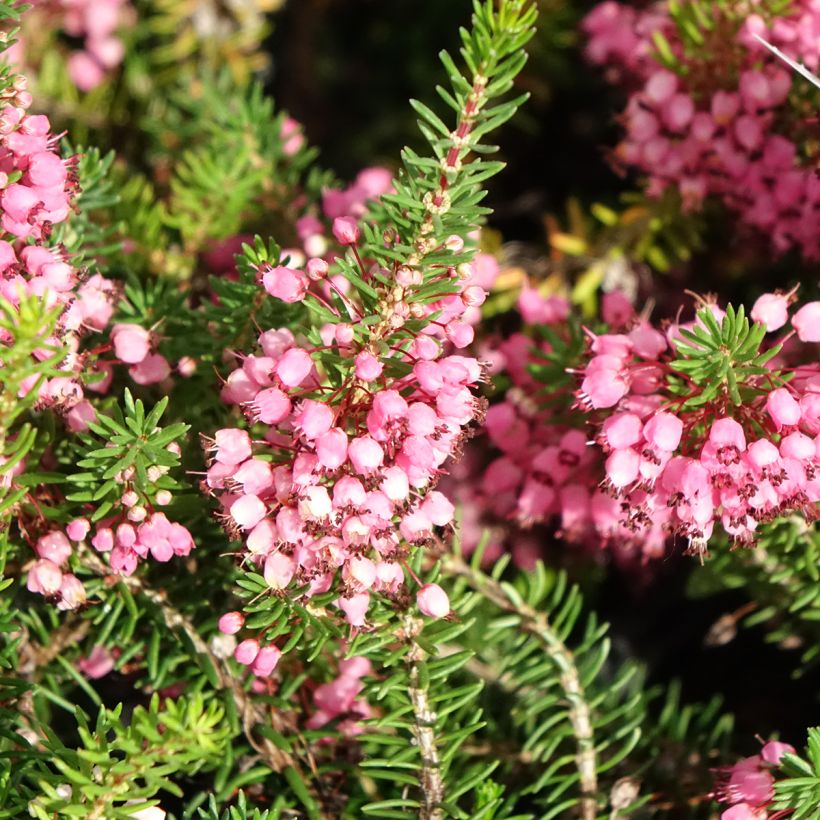

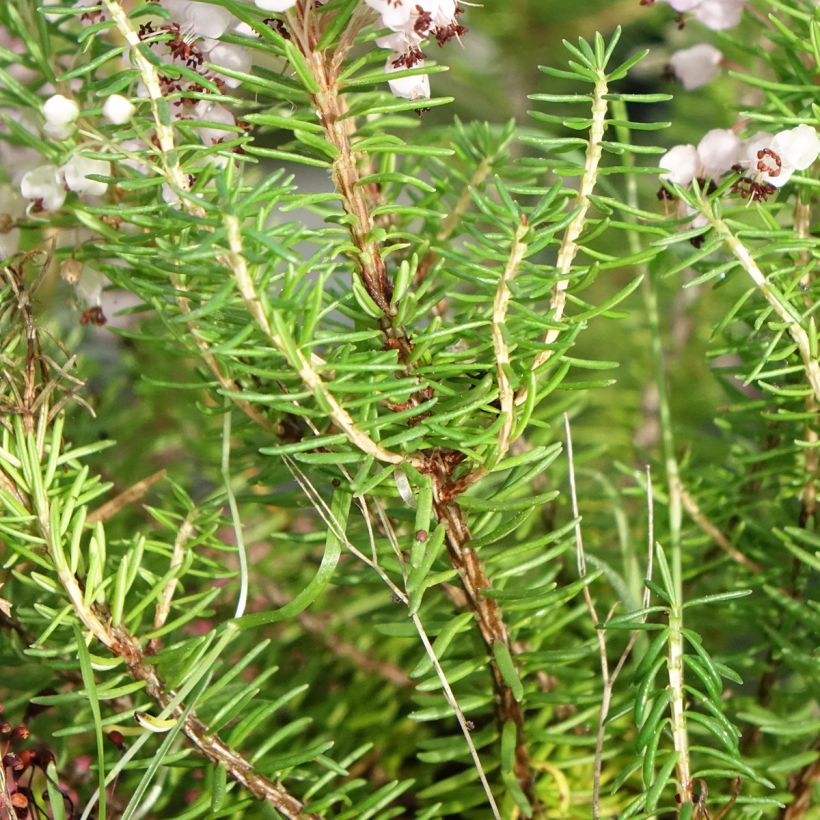

Plant habit
Flowering
Foliage
Botanical data
Erica
vagans
Mrs D.F. Maxwell
Ericaceae
Cornish Heath, Wandering heath
Cultivar or hybrid
Planting and care
Erica vagans 'Mrs D. F. Maxwell' thrives in full sun or partial shade. It prefers humid atmospheres but still withstands heat well. It adapts very well to seaside climates. As for the soil, it is undemanding, with a preference for acidic and neutral, well-drained soil(without stagnant moisture). It tolerates slightly chalky soils. It is an easy plant to grow, resistant to cold.
It can be sensitive to fungal diseases such as phytophthora in very humid conditions.
Prune the clump after flowering.
Planting period
Intended location
Care
Planting & care advice
This item has not been reviewed yet - be the first to leave a review about it.
Similar products
Haven't found what you were looking for?
Hardiness is the lowest winter temperature a plant can endure without suffering serious damage or even dying. However, hardiness is affected by location (a sheltered area, such as a patio), protection (winter cover) and soil type (hardiness is improved by well-drained soil).

Photo Sharing Terms & Conditions
In order to encourage gardeners to interact and share their experiences, Promesse de fleurs offers various media enabling content to be uploaded onto its Site - in particular via the ‘Photo sharing’ module.
The User agrees to refrain from:
- Posting any content that is illegal, prejudicial, insulting, racist, inciteful to hatred, revisionist, contrary to public decency, that infringes on privacy or on the privacy rights of third parties, in particular the publicity rights of persons and goods, intellectual property rights, or the right to privacy.
- Submitting content on behalf of a third party;
- Impersonate the identity of a third party and/or publish any personal information about a third party;
In general, the User undertakes to refrain from any unethical behaviour.
All Content (in particular text, comments, files, images, photos, videos, creative works, etc.), which may be subject to property or intellectual property rights, image or other private rights, shall remain the property of the User, subject to the limited rights granted by the terms of the licence granted by Promesse de fleurs as stated below. Users are at liberty to publish or not to publish such Content on the Site, notably via the ‘Photo Sharing’ facility, and accept that this Content shall be made public and freely accessible, notably on the Internet.
Users further acknowledge, undertake to have ,and guarantee that they hold all necessary rights and permissions to publish such material on the Site, in particular with regard to the legislation in force pertaining to any privacy, property, intellectual property, image, or contractual rights, or rights of any other nature. By publishing such Content on the Site, Users acknowledge accepting full liability as publishers of the Content within the meaning of the law, and grant Promesse de fleurs, free of charge, an inclusive, worldwide licence for the said Content for the entire duration of its publication, including all reproduction, representation, up/downloading, displaying, performing, transmission, and storage rights.
Users also grant permission for their name to be linked to the Content and accept that this link may not always be made available.
By engaging in posting material, Users consent to their Content becoming automatically accessible on the Internet, in particular on other sites and/or blogs and/or web pages of the Promesse de fleurs site, including in particular social pages and the Promesse de fleurs catalogue.
Users may secure the removal of entrusted content free of charge by issuing a simple request via our contact form.
The flowering period indicated on our website applies to countries and regions located in USDA zone 8 (France, the United Kingdom, Ireland, the Netherlands, etc.)
It will vary according to where you live:
- In zones 9 to 10 (Italy, Spain, Greece, etc.), flowering will occur about 2 to 4 weeks earlier.
- In zones 6 to 7 (Germany, Poland, Slovenia, and lower mountainous regions), flowering will be delayed by 2 to 3 weeks.
- In zone 5 (Central Europe, Scandinavia), blooming will be delayed by 3 to 5 weeks.
In temperate climates, pruning of spring-flowering shrubs (forsythia, spireas, etc.) should be done just after flowering.
Pruning of summer-flowering shrubs (Indian Lilac, Perovskia, etc.) can be done in winter or spring.
In cold regions as well as with frost-sensitive plants, avoid pruning too early when severe frosts may still occur.
The planting period indicated on our website applies to countries and regions located in USDA zone 8 (France, United Kingdom, Ireland, Netherlands).
It will vary according to where you live:
- In Mediterranean zones (Marseille, Madrid, Milan, etc.), autumn and winter are the best planting periods.
- In continental zones (Strasbourg, Munich, Vienna, etc.), delay planting by 2 to 3 weeks in spring and bring it forward by 2 to 4 weeks in autumn.
- In mountainous regions (the Alps, Pyrenees, Carpathians, etc.), it is best to plant in late spring (May-June) or late summer (August-September).
The harvesting period indicated on our website applies to countries and regions in USDA zone 8 (France, England, Ireland, the Netherlands).
In colder areas (Scandinavia, Poland, Austria...) fruit and vegetable harvests are likely to be delayed by 3-4 weeks.
In warmer areas (Italy, Spain, Greece, etc.), harvesting will probably take place earlier, depending on weather conditions.
The sowing periods indicated on our website apply to countries and regions within USDA Zone 8 (France, UK, Ireland, Netherlands).
In colder areas (Scandinavia, Poland, Austria...), delay any outdoor sowing by 3-4 weeks, or sow under glass.
In warmer climes (Italy, Spain, Greece, etc.), bring outdoor sowing forward by a few weeks.






























